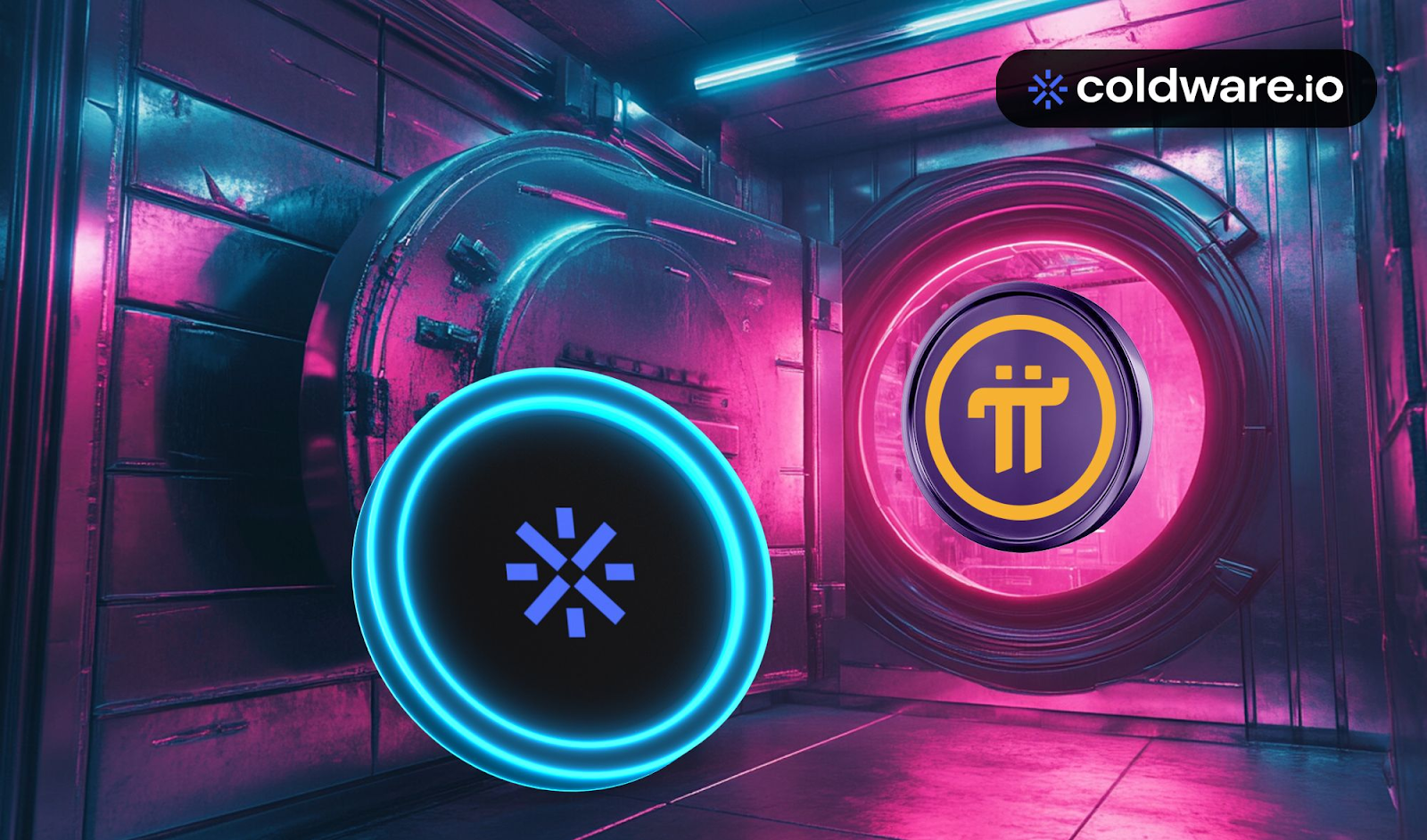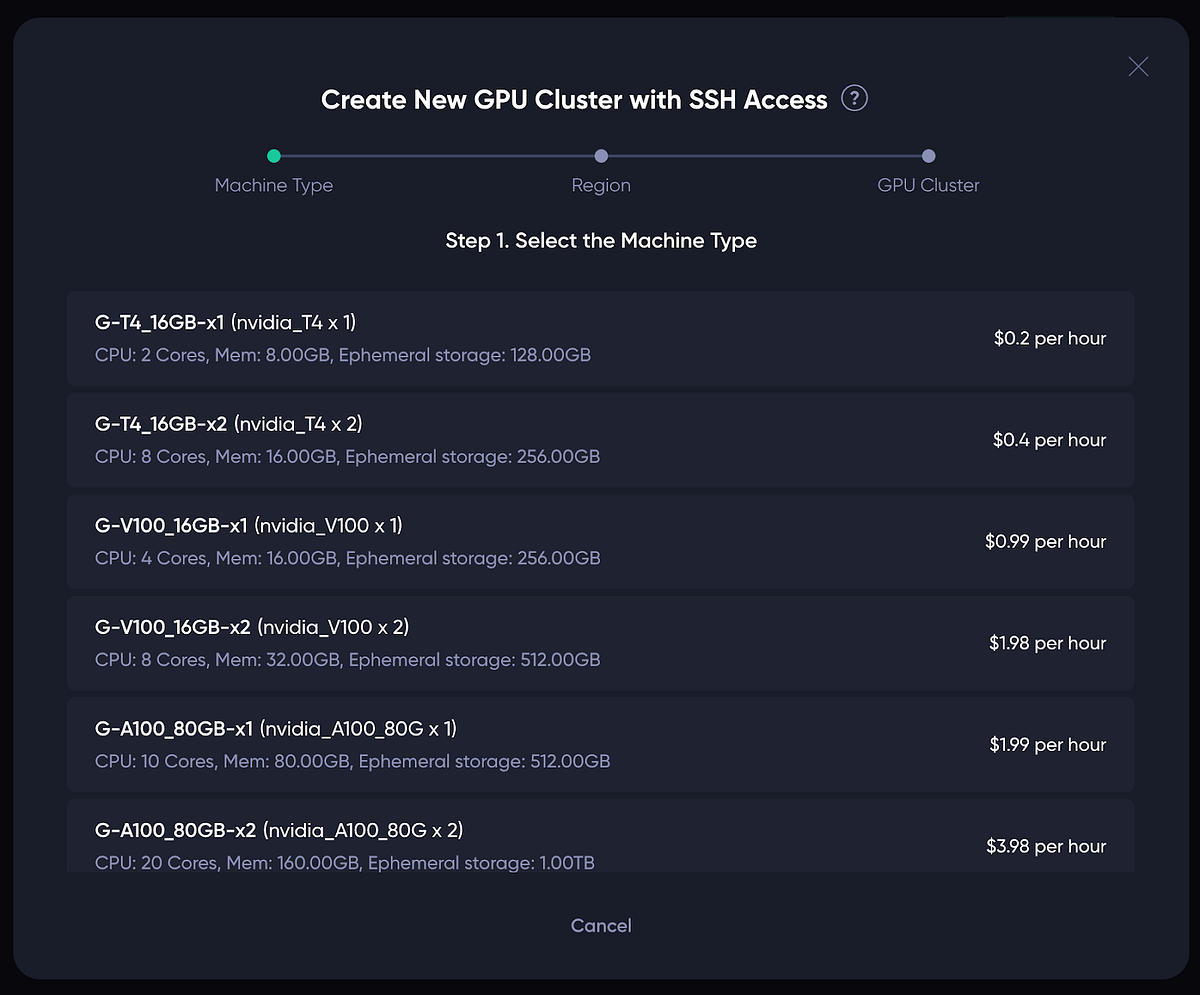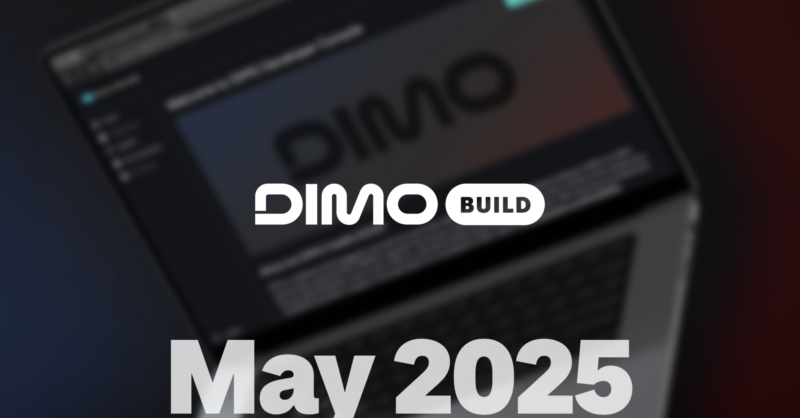Lit Protocol Launches Event Listener for Enhanced Blockchain Interoperability
The Lit Protocol has launched its new Event Listener server and SDK package, which is designed to enhance event-driven transaction execution. This innovative tool enables developers to utilize both on-chain and off-chain data to manage decentralized keys effectively. The Event Listener, implemented as a TypeScript library, allows for the creation of complex workflows, including the ability to listen to custom blockchain events, automate transaction triggers, and simplify the creation of Programmable Key Pairs (PKPs) and Capacity Credits. This functionality opens up a myriad of possibilities for developers looking to create responsive and automated systems within the blockchain ecosystem.
At the core of the Event Listener is a flexible state machine that empowers developers to define states and transitions based on monitored events. Key features include various listeners such as the EVMBlockListener for new blocks on EVM-compatible networks, the EVMContractEventListener for monitoring smart contract events, and the TimerListener for triggering events based on time intervals. The system is designed to be extensible, allowing developers to create custom listeners and tailor workflows to their specific needs. This flexibility is crucial for automating complex processes that can span multiple blockchain networks.
One of the standout capabilities of the Lit Event Listener is its support for chain signatures, which facilitate cross-chain interoperability. By using the Event Listener, developers can monitor events on one blockchain and trigger transactions on another, effectively bridging isolated ecosystems. For instance, a transaction request on one chain can be monitored and, upon receipt, used to construct and broadcast a transaction on a different chain using a Lit PKP for signature generation. This functionality not only enhances the automation of workflows but also significantly broadens the scope of what can be achieved in the decentralized landscape, making it a powerful tool for Web3 development.
Related News





